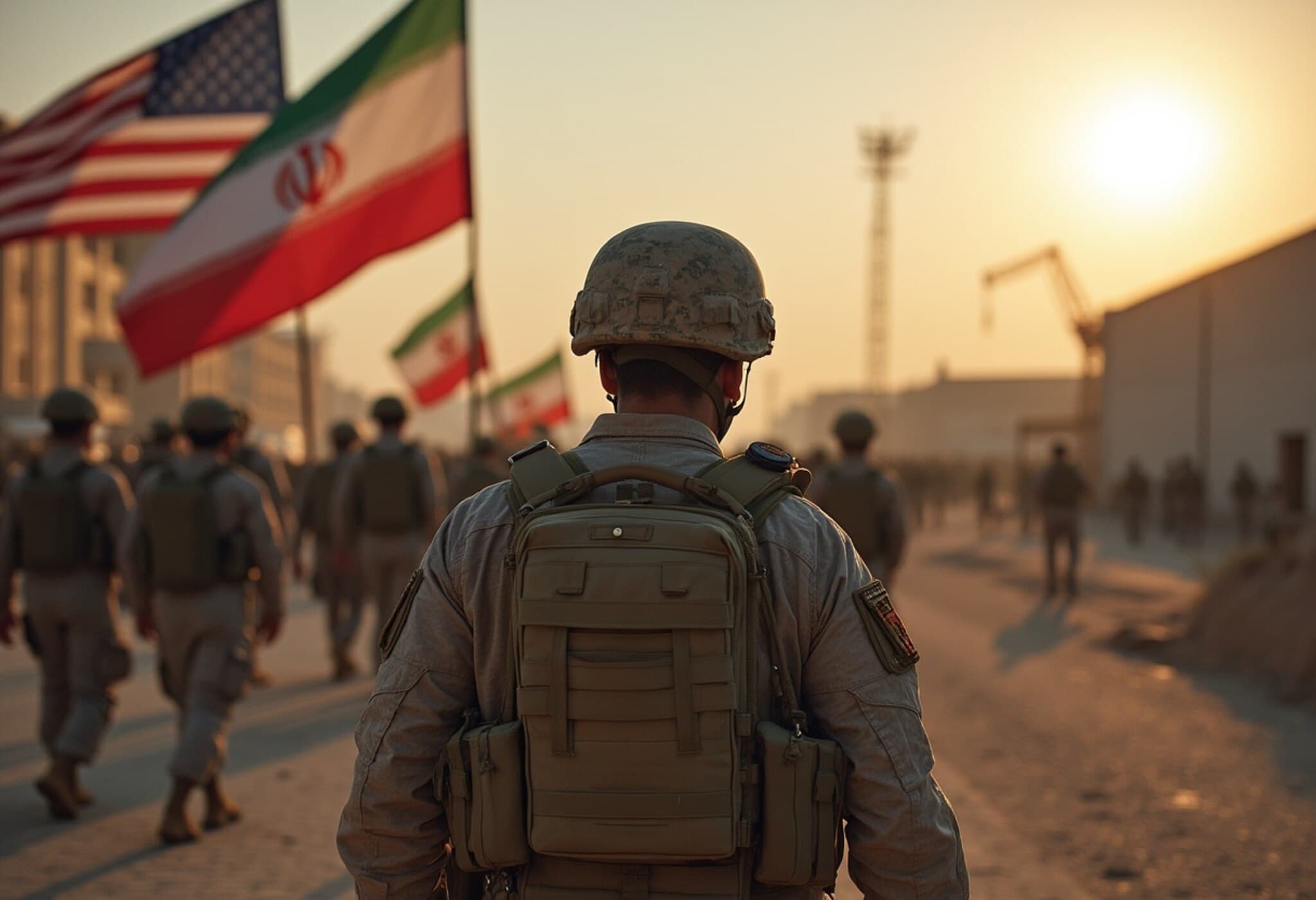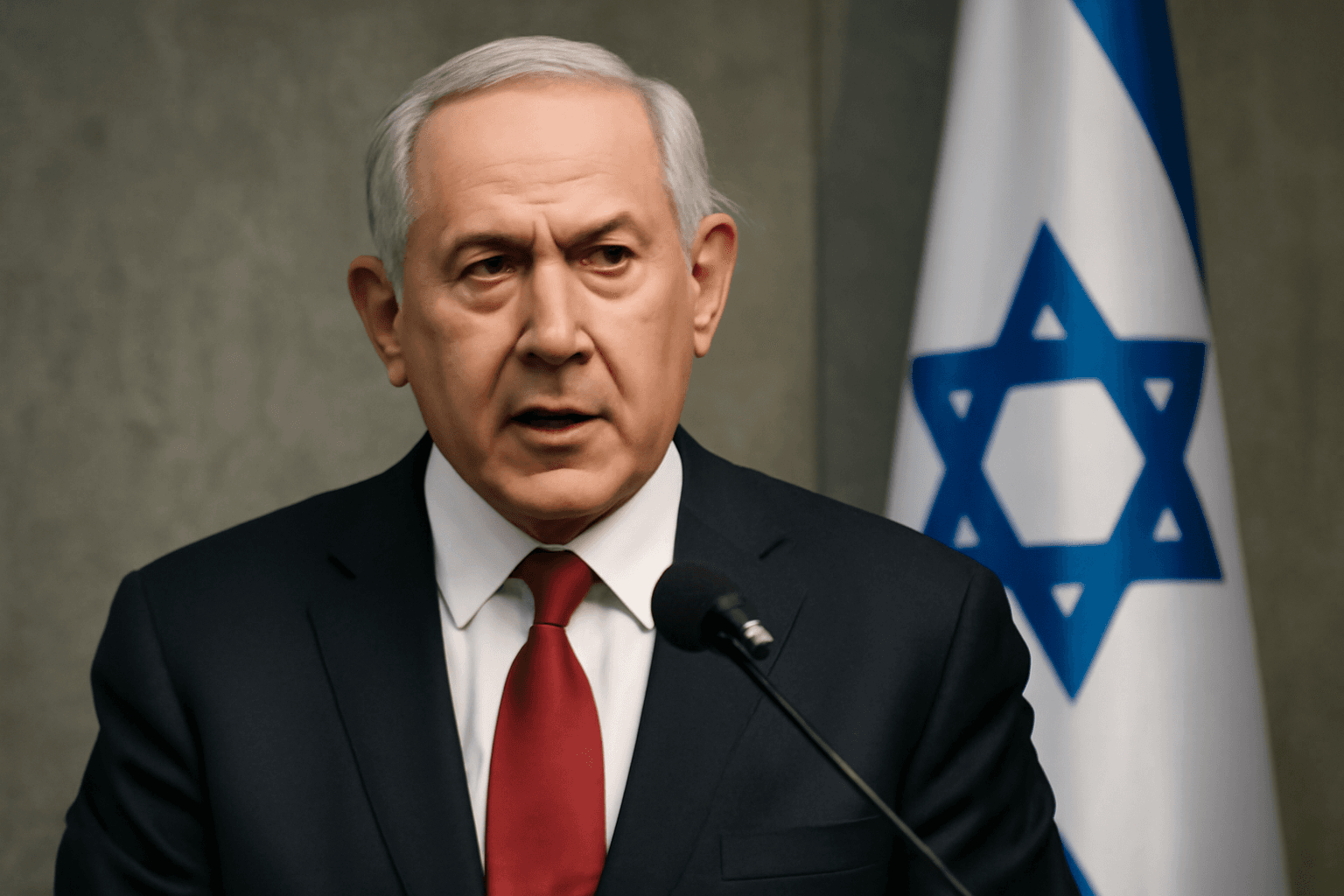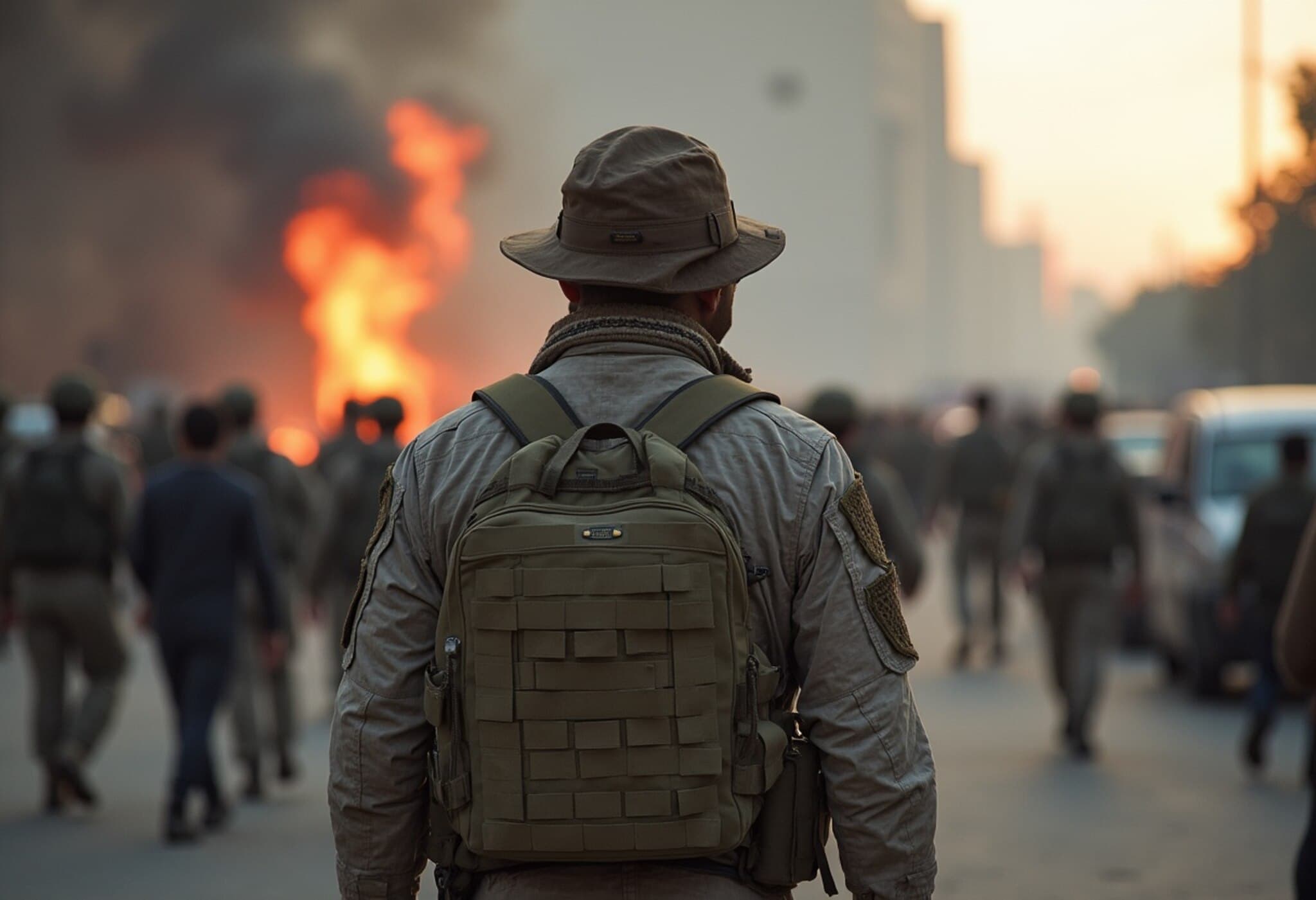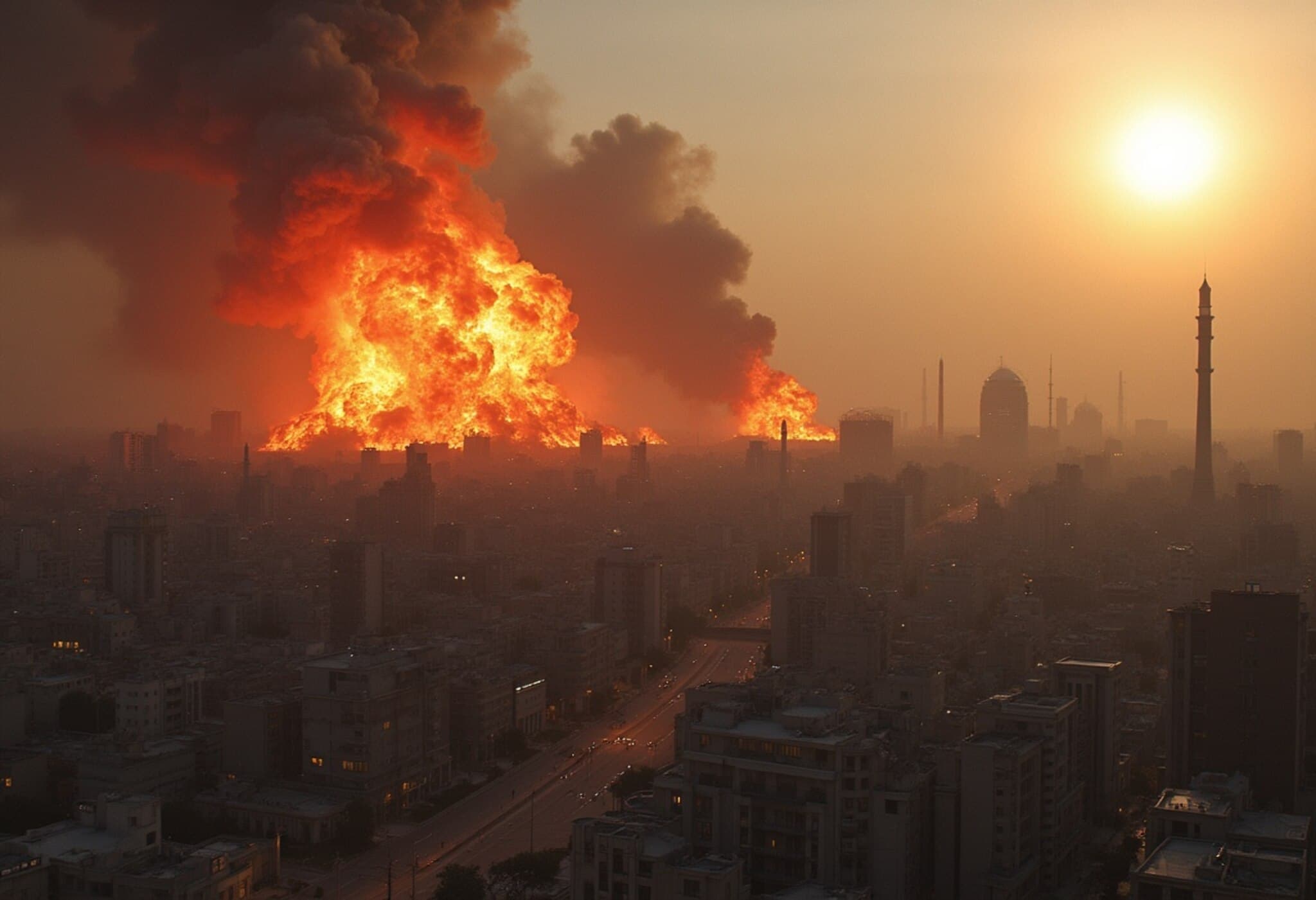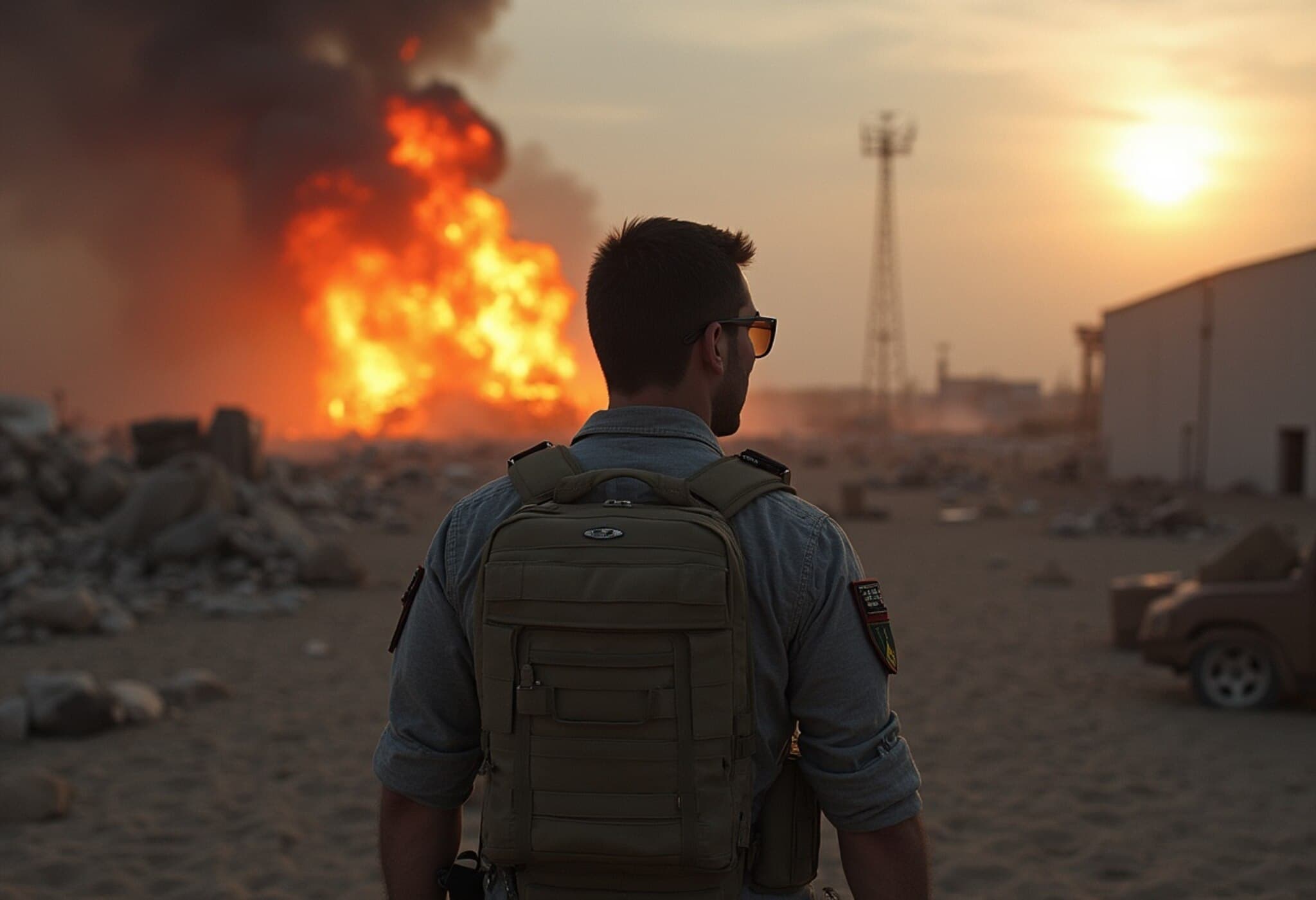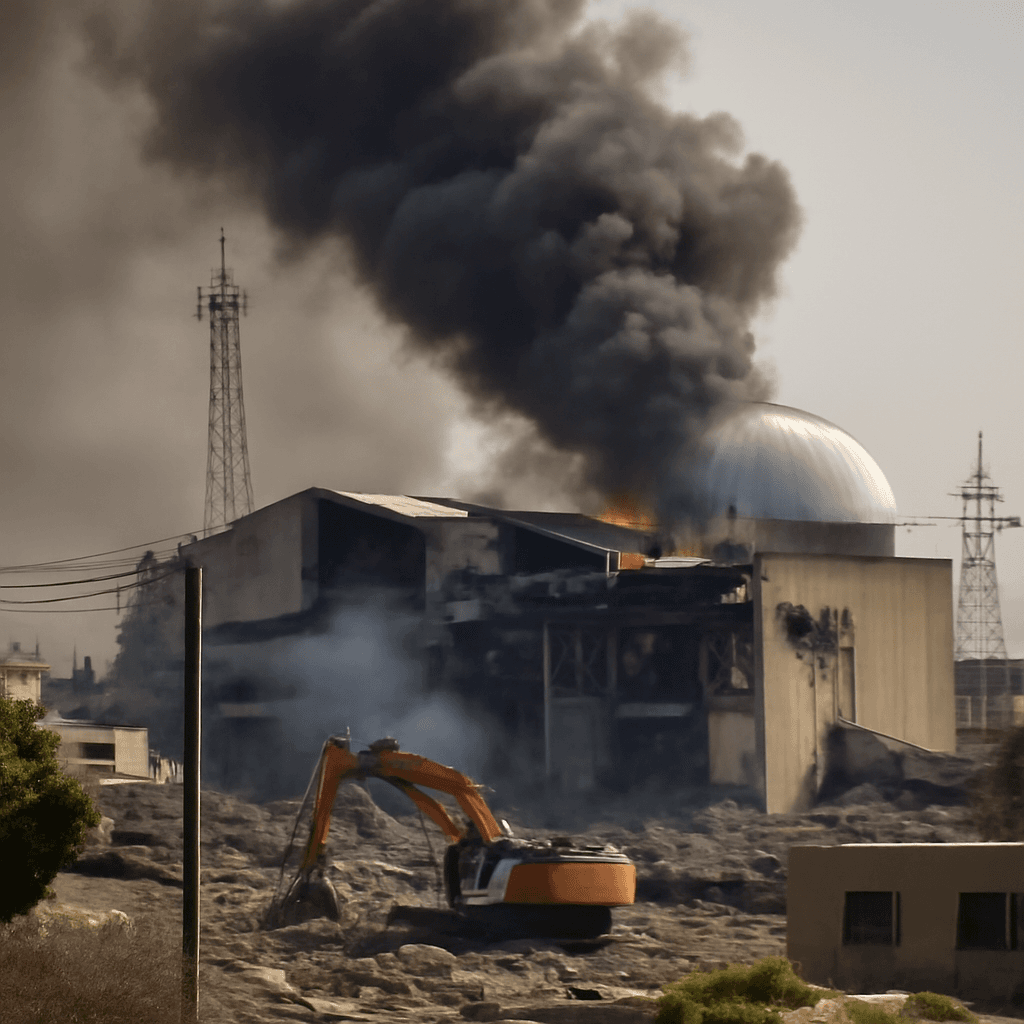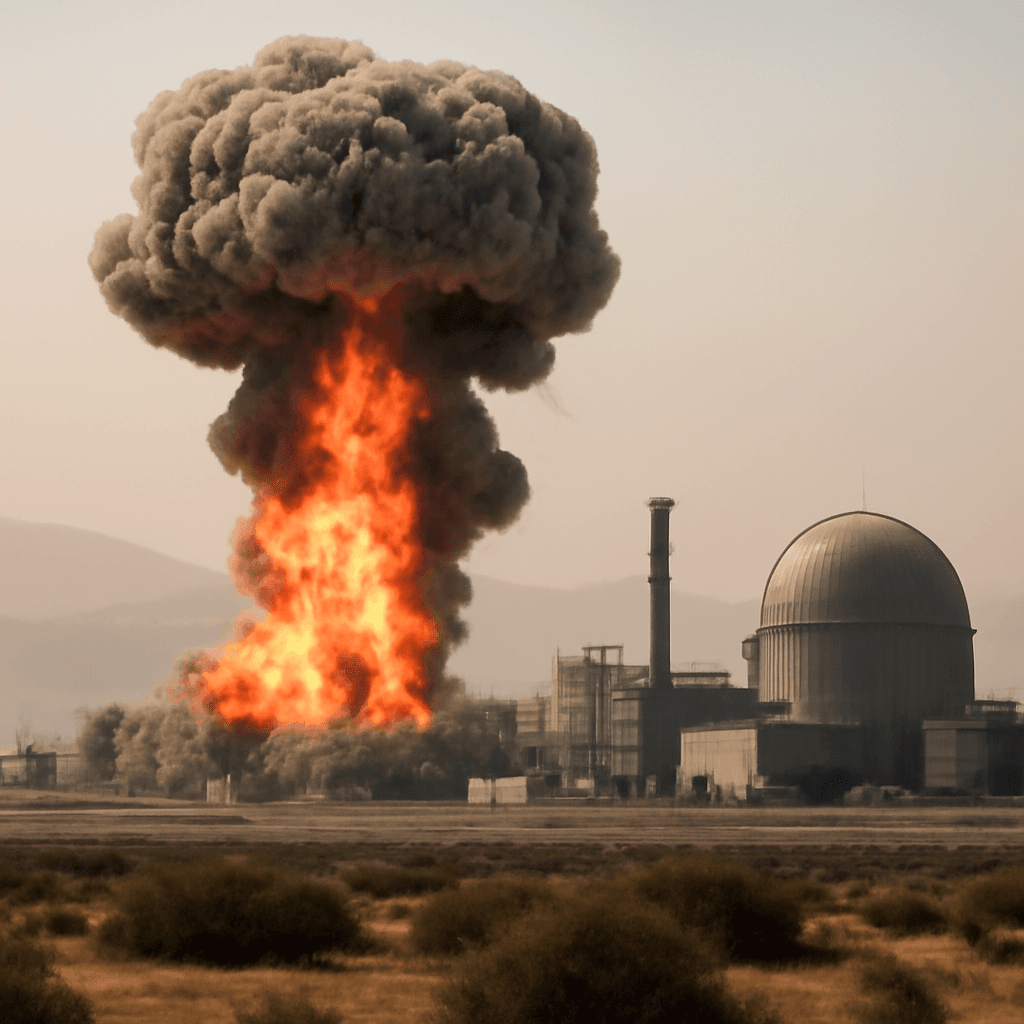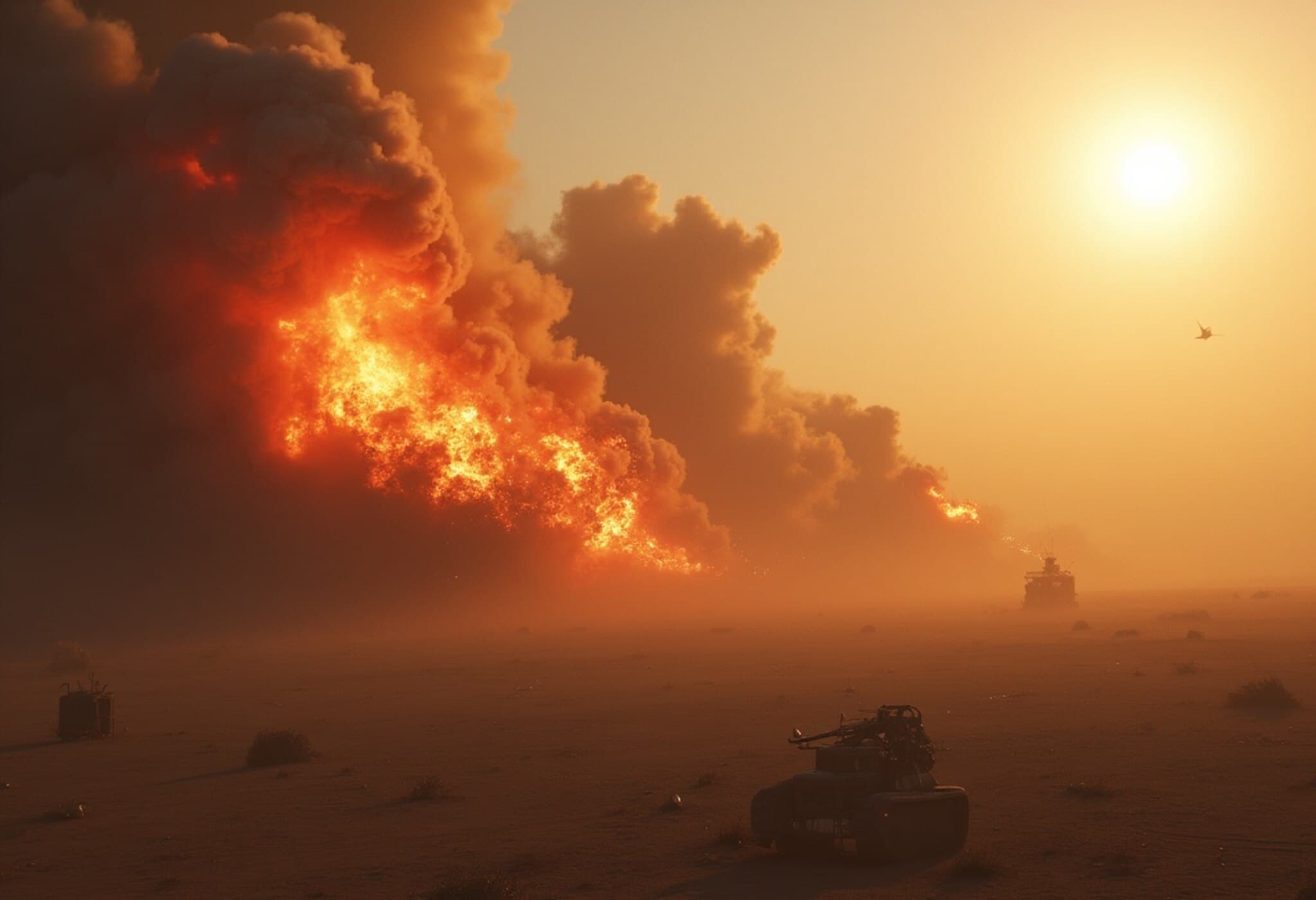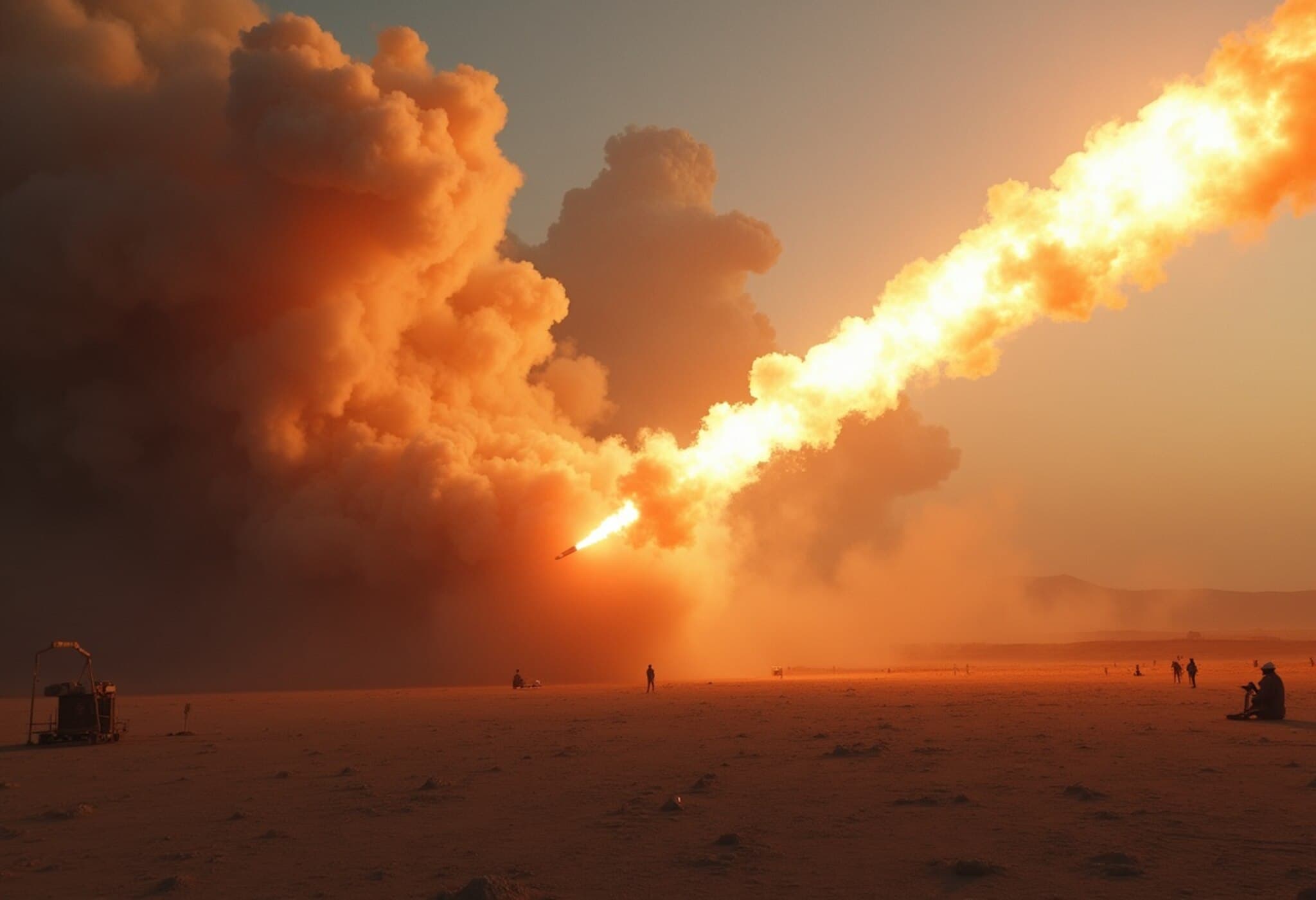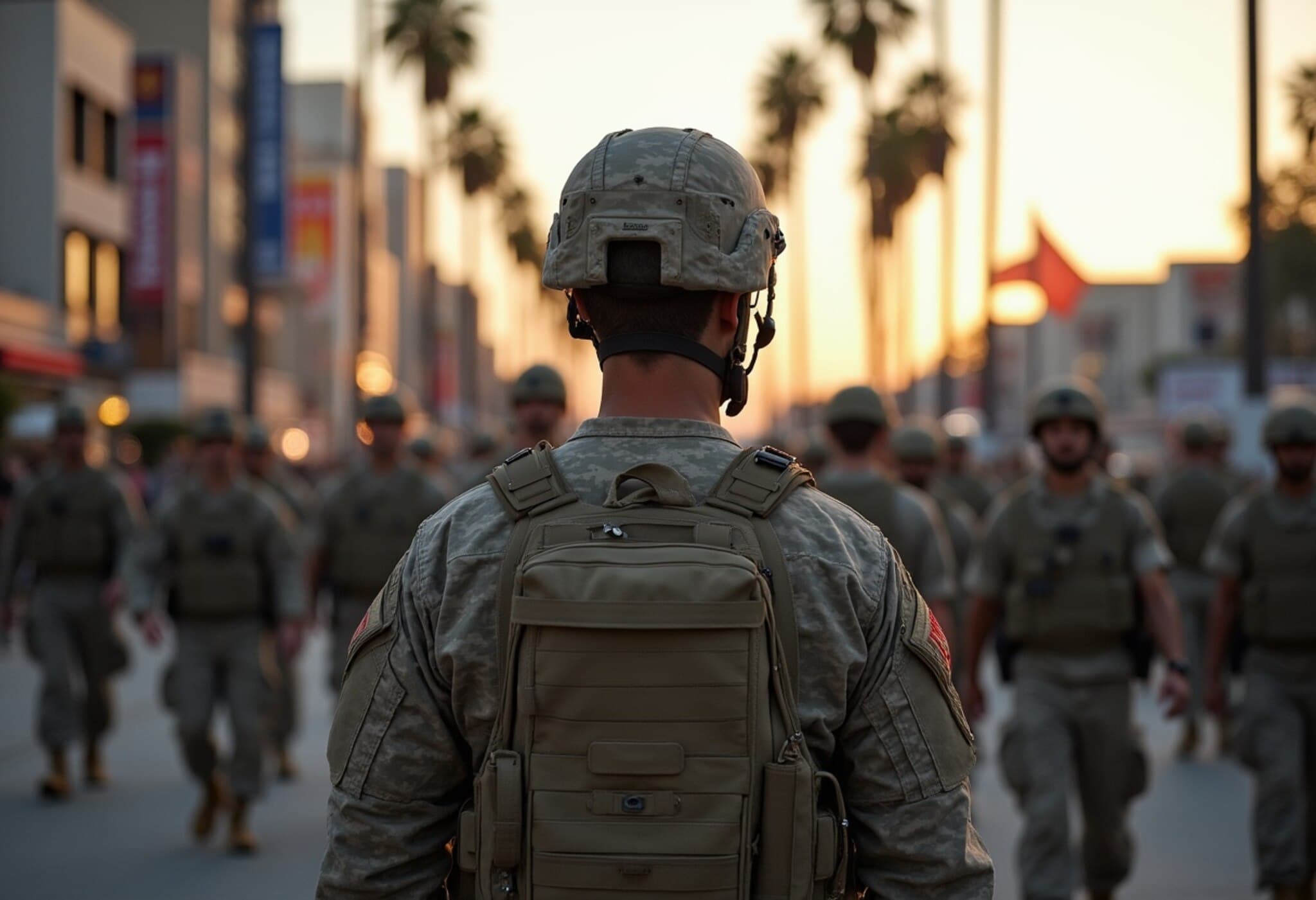US Begins Partial Troop Withdrawal from Middle East Amid Escalating Iran Risks
In response to growing security concerns in the region, the United States is initiating the partial withdrawal of some military personnel and dependents from the Middle East. President Donald Trump emphasized the move stems from the area's increasing dangers coupled with ongoing friction over Iran's nuclear ambitions.
Heightened Regional Tensions Trigger Safety Measures
Recent developments have pushed the US to reassess its posture in key locations including Iraq, Bahrain, and Kuwait. The US State Department authorized voluntary departures of non-essential government employees and military family members, particularly urging those stationed in Bahrain and Kuwait to consider leaving voluntarily.
An updated travel advisory highlighted the order issued on June 11 to withdraw non-emergency personnel due to elevated regional tensions. Meanwhile, some US embassies, such as in Kuwait, have confirmed ongoing operations despite these shifts.
Strategic Military Presence and Evacuation Plans
The United States maintains strategic bases across critical oil-producing nations, including Iraq, Qatar, Bahrain, Kuwait, and the United Arab Emirates. Defense officials indicated plans for the partial evacuation of the US embassy in Baghdad using commercial transportation, while military assets remain prepared to assist if necessary.
Significantly, prominent bases like Al Udeid Air Base in Qatar continue full operations with no evacuation orders in place, signaling a calibrated approach balancing presence with precaution.
The Growing Nuclear Standoff with Iran
Tensions revolve largely around Iran’s nuclear program and stalled negotiations, with Washington steadfast against Tehran acquiring nuclear weapons. President Trump reiterated, "They can’t have a nuclear weapon. Very simple." Despite attempts to revive talks, there are rising doubts about Iran’s willingness to cease uranium enrichment.
Concurrently, Iranian officials warned of potential retaliatory strikes on US bases if targeted first, escalating fears of a broader regional conflict. Intelligence reports also reveal Israel’s preparations for possible strikes against Iranian nuclear sites.
Economic and Regional Security Implications
News of troop movements caused oil prices to surge over 4%, underscoring the region’s pivotal role in global energy markets. British maritime authorities issued cautions for shipping routes through the Gulf, Strait of Hormuz, and Gulf of Oman amidst fears of military escalation impacting vital waterways.
Iraq remains a complicated partner hosting roughly 2,500 US troops, facing pressures from Iran-aligned militias and increasing instability since recent conflicts in neighboring regions. While attacks against US forces have decreased, sporadic violence and the interplay between regional actors contribute to an unpredictable environment.
Next Steps and Diplomatic Outlook
With the next round of nuclear negotiations slated to take place soon, anticipation mounts over whether Iran will present a counteroffer. However, recent statements suggest military threats have been intertwined with diplomatic efforts. A senior Iranian official warned that any military action would have "serious consequences," while Tehran’s UN mission reaffirmed its opposition to nuclear weapons and condemned US military pressure as destabilizing.
Meanwhile, US Central Command postponed key congressional testimony due to tensions, indicative of the fluid and serious security landscape.
Conclusion: Balancing Precaution with Presence
The partial US troop withdrawal highlights the delicate balancing act ahead. As the Middle East braces for possible escalation, Washington is signaling it will not back down on preventing Iran’s nuclear armament — all while managing the safety of its personnel and preserving its strategic foothold in the region.

